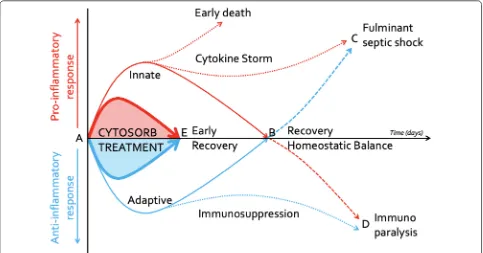Cytokine removal in human septic shock: Where are we and where are we going?
Full text
Figure



Related documents
The bulk of funding for primary and secondary schools in the seven predominantly Karen camps is provided by ZOA Refugee Care Thailand (ZOA), an international NGO.. The rest of
In their report, Kring and Kaplan (2011) suggested that future business school deans must demonstrate ‘strategic skills, enterprise management, innovation, and people and
Our findings showed that the HLS made a large number of contextually inappropriate substitutions by using direct evidentials in places where an indirect evidential would
bound fractions of the sediment was not suffi- ciently altered by intrinsic properties of either pri- mary particle size or surface coating to result in differences in the route
Based on the preliminary study conducted by the researcher, it was found that the syllabus of learning essay-writing material still used the handbook entitled
Figure caption: Grid of rectangles that could resemble a panel of buttons drawn very quickly without specific technique (left) and with technique inspired by Chinese
But while the results bring together these two sets of stories to provide a unified explanation of inflation’s long-run rise and fall, they also indicate that considerable
Using those behavioural and spatial cognitive tests, we found that Eurasian harvest mice behaved constantly and that personality traits formed a behavioural syndrome in the